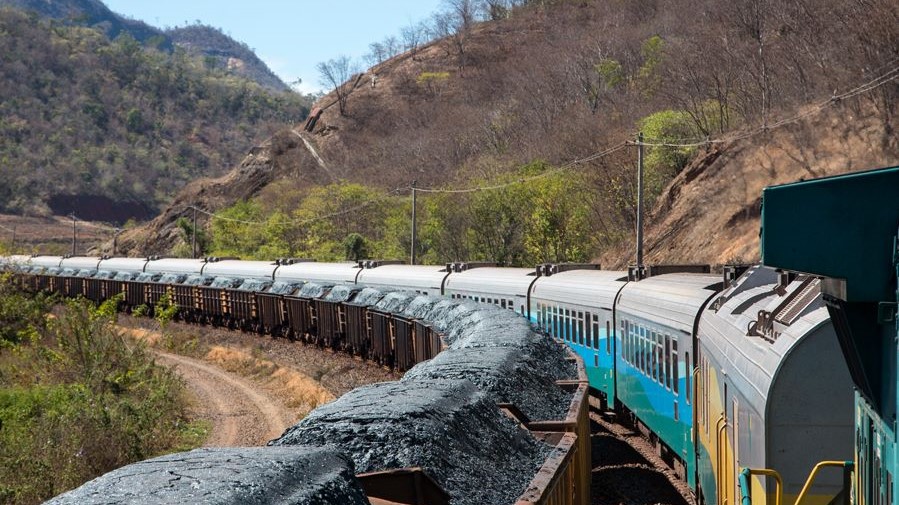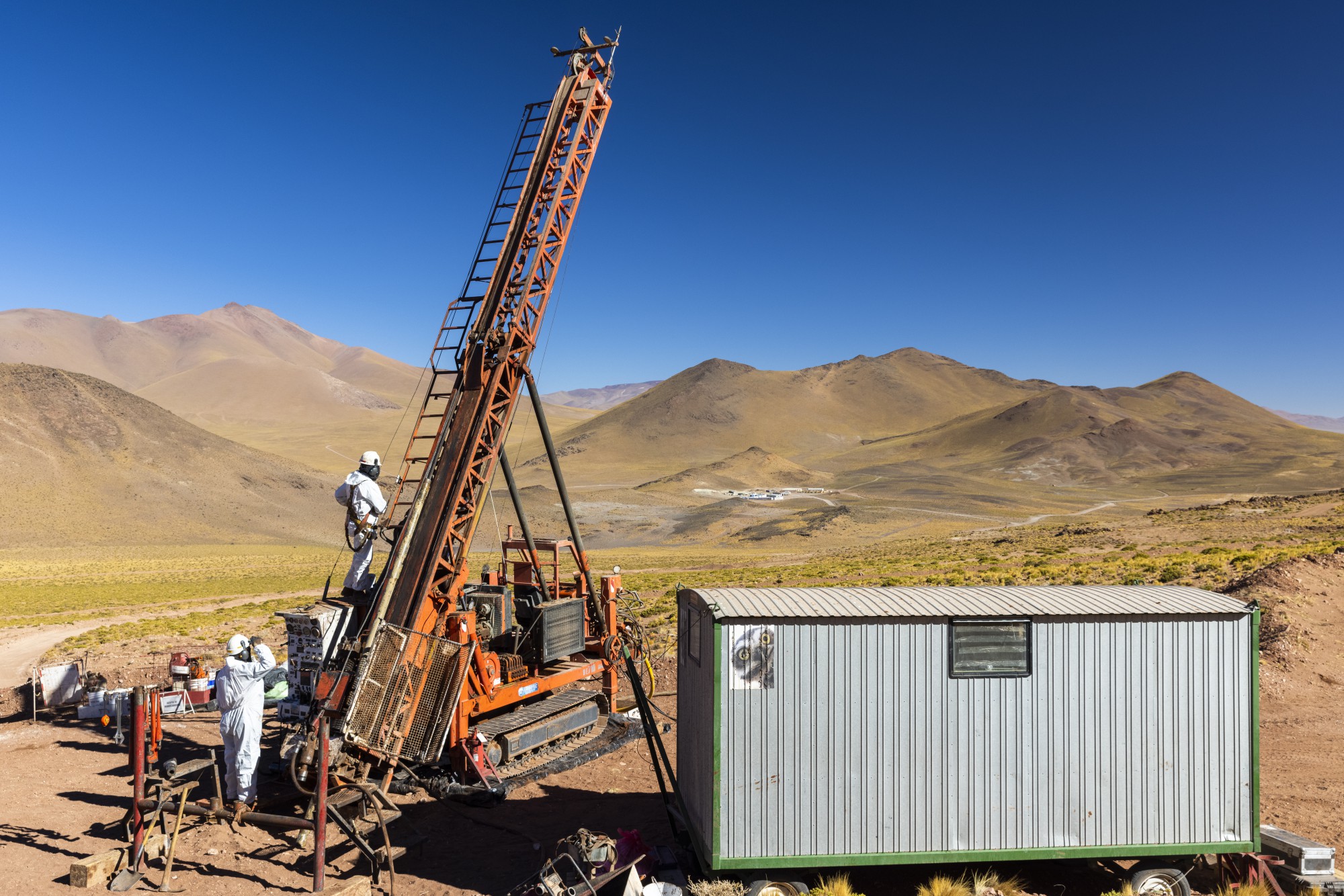Vale 4Q20 iron ore output lower than estimated

Vale reported 4Q20 output of 84.5 million tonnes, lower than estimated by analysts, mainly due to higher rainfall levels and tailings disposal restrictions in the Southeastern System in Brazil.
The number is a 5% decline from the third quarter (88.6 Mt) but well ahead of the same period a year earlier (78.3Mt).
Vale’s iron ore fines production totaled 300.4 Mt in 2020, in line with 2019 as a result of the resumption of halted operations such as Vargem Grande and Timbopeba, but offset by constraints in tailings disposal in Itabira and Brucutu; and delays in opening new mining fronts in Serra Norte and due to covid-19 restrictions.
In 4Q20, Vale restarted the Serra Leste operation, after receiving the required installation license. The site is expected to produce 4-5 Mt in 2021, reaching 6 Mtpy of run-rate until the end of the year.
Vale ended 2020 with 322 Mt of production capacity and expects to achieve 350 Mt capacity by the end of 2021.
“Vale remains confident to achieve 400 Mtpy capacity by the end of 2022,” the company said in a press release.
Vale’s pellet production totalled 29.7 Mt in 2020, 29.0% lower than in 2019. Sales volumes of iron ore fines and pellets totaled 286.1 Mt in 2020, 5% below iron ore fines production.
Iron ore prices bounced on Wednesday after analysts at Credit Suisse and Morgan Stanley offered bullish forecasts for the steelmaking raw material.
According to Fastmarkets MB, benchmark 62% Fe fines imported into Northern China (CFR Qingdao) were changing hands for $152.65 a tonne, up nearly 2% from Tuesday’s trade.
Nickel
Vale nickel sales volumes were 66.1 kt in 4Q20, 13.6% higher than 3Q20, mostly as a result of higher production, allowing the company to take advantage of a better price environment.
Sudbury-source ore production in Canada reached 11.2 kt in 4Q20, 72.3% higher than 3Q20. Voisey’s Bay-source ore production reached 8.9 kt in 4Q20, 11.9% lower than 3Q20 as a result of productivity challenges during ramp up after scheduled maintenance start at Long Harbour.
Production of finished nickel from Vale New Caledonia (VNC) source, reached 5.1 kt in 4Q20, 40.0% lower than 3Q20, mainly due to 50 days of blocked access to mine and plant roads in 2020 caused by independence activist protests in New Caledonia.
Vale copper production reached 360.1 kt in 2020, 5.5% lower than 2019.
Brumadinho
Vale has reached an agreement on a settlement for damages from the deadly Brumadinho dam disaster in January 2019, which killed 270 people.
In November, the head of the Brazilian state of Minas Gerais rejected the miner’s proposed settlement of around 21 billion reais ($3.97 billion).
Minas Gerais requested 54.6 billion reals ($10.3 billion) in compensation, a figure that included relocation and the psychological damage suffered by survivors and the victims’ families.
Vale argued that it had already paid about 8,700 individual claims and has allocated about R$ 10 billion ($1.83 billion) to repair the damages. Vale is nearing a 37 billion reais ($6.88 billion) deal, a source familiar with the negotiations told Reuters.
More News
{{ commodity.name }}
{{ post.title }}
{{ post.date }}



Comments